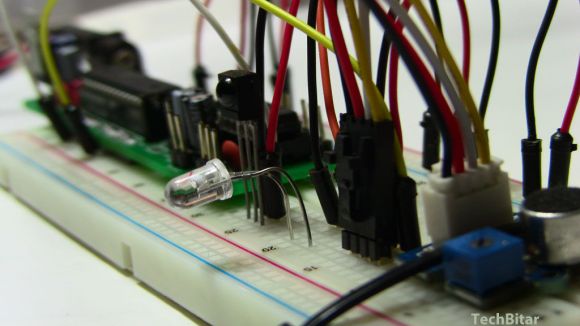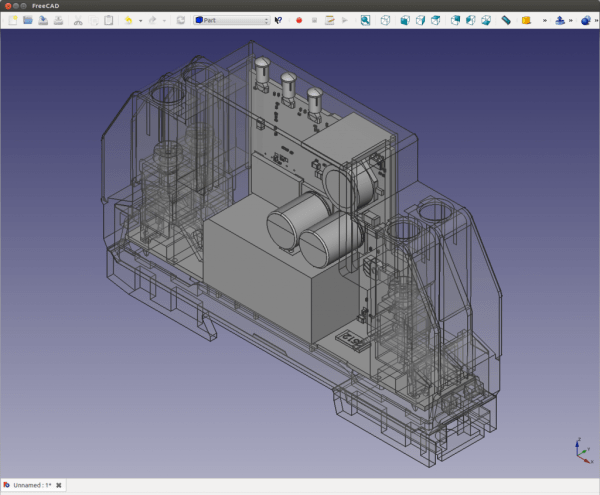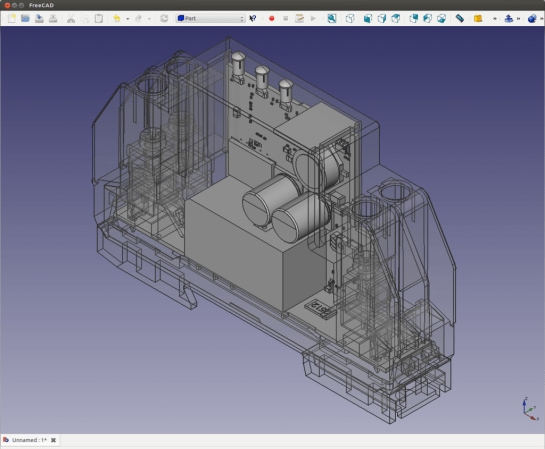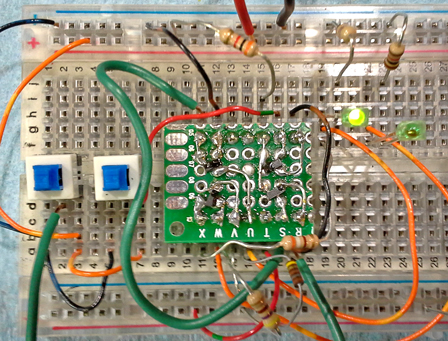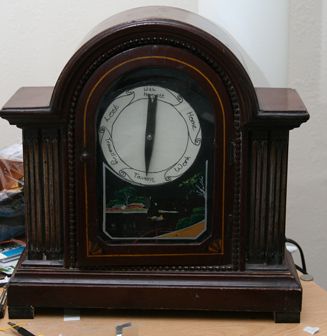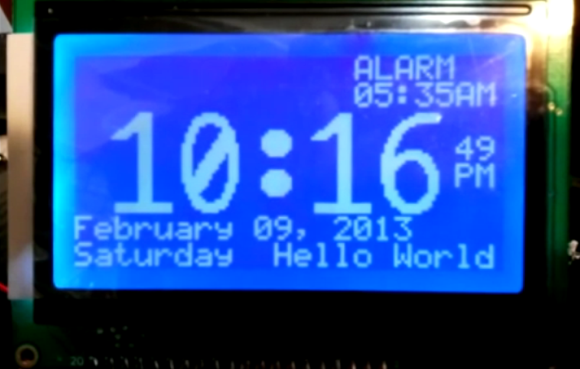
This Graphic LCD clock doesn’t have a fancy case, but [Gregory Wright] built in so many great features we think it will serve as inspiration for many projects to come. If he does decide to add a case it will be quite easy as there are no buttons to work around.
Without buttons how can the thing be adjusted? He decided to go with an IR remote control for all settings. This gives him a lot more options than a handful of buttons would have. Plus, heavy sleepers will need to find the remote control in order to shut off the alarm. We also think it’s interesting that the 595 shift registers he used have a low enough data high threshold (3.15V when VCC is 4.5V) that he didn’t need level converters to drive the 5V display with his 3.3V MSP430 Launchpad.
Check out his video after the break to learn about all the features he included in the UI. Our favorite is shown on the bottom right where it says “Hello World”. This is an area dedicated to a custom message for each day. He uses it to remind him about trash day (now there’s a feature!).
Continue reading “GLCD Clock Project Packed With Great UI And Features” →



